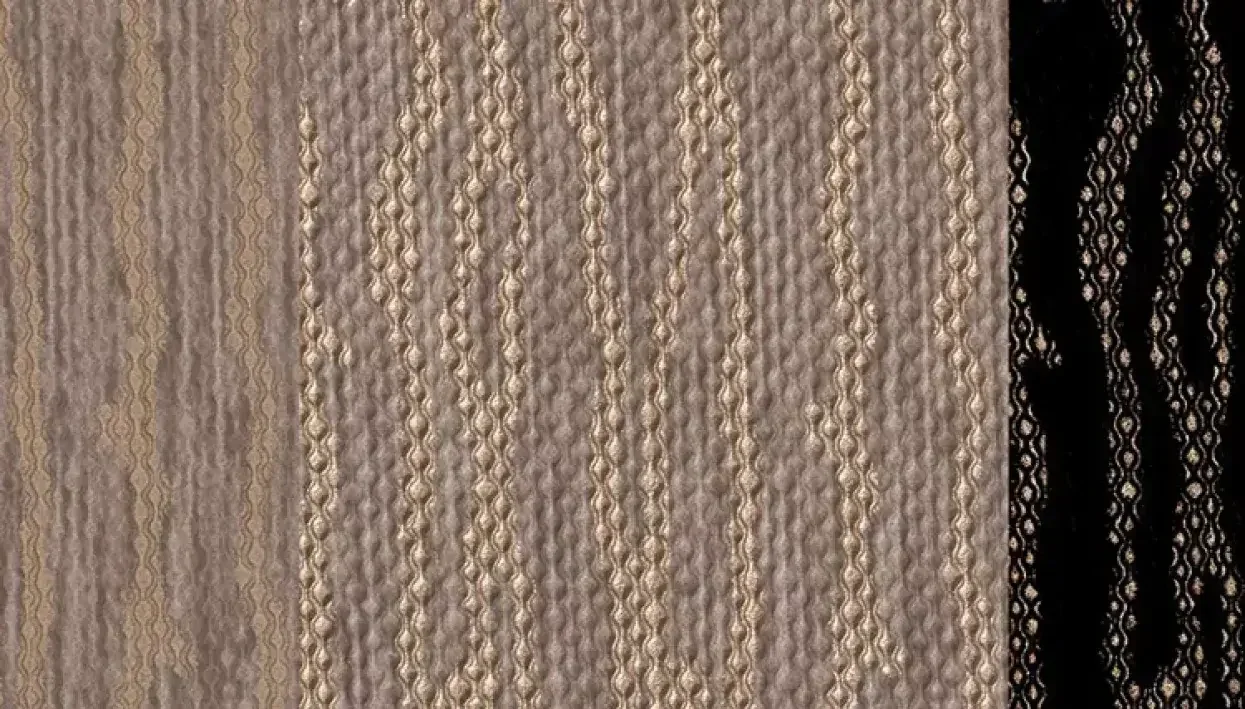Digital Printing
Bringing texture to life: haptics for UV digital imaging
Author
FESPA Staff
Published Date
21/01/2020
Become a FESPA Member
to Continue Reading
